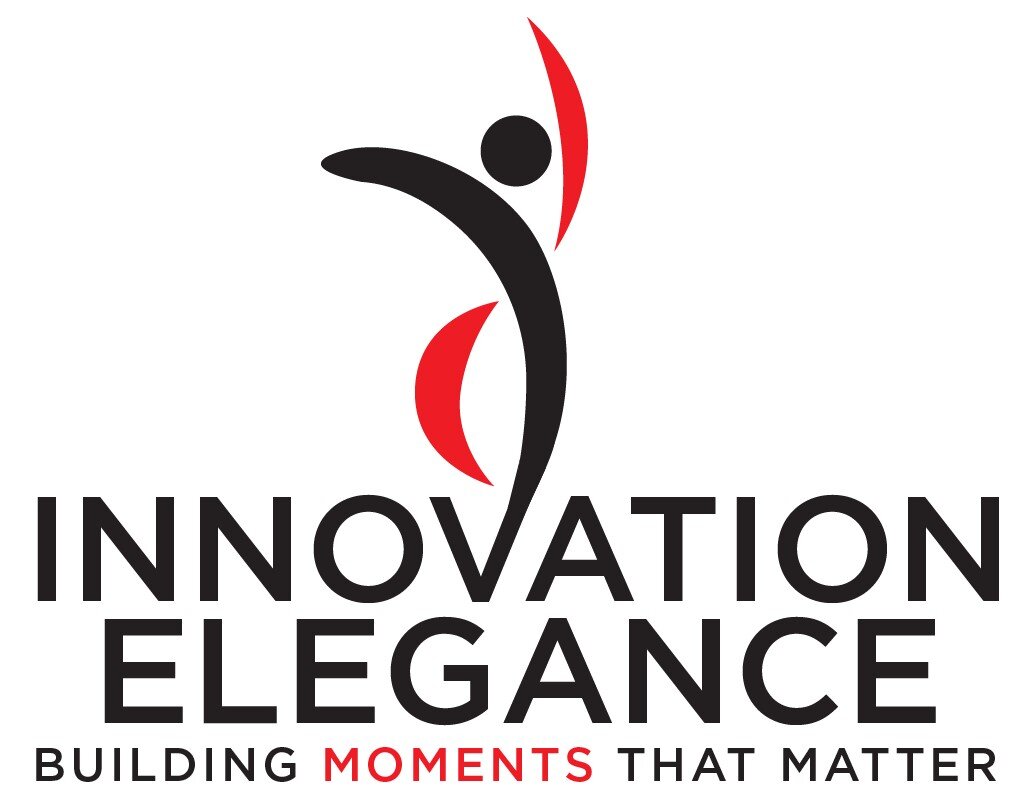Agile Disadvantage 1 of 5: High Frequency ≠ Low Marginal Cost
Seventeen software developers wrote the Agile Manifesto in 2001. Twenty years has passed, and Agile is ubiquitous. It has transcending software, and even if done poorly, the word “Agile” is bulletproof - practically invincible. No one got fired for buying IBM, no one gets fired for buying Salesforce.com, and no one gets fired if they vaguely execute - or just utter – “Agile.”
Agile has evolved over twenty years, and spawned variations, but the manifesto still has a tight grip over innovation culture. In late 2022, innovation cultures commonly suffer from meeting gridlock, email overload, and play victim using the term “VUCA.” Agile is not overcoming these culture traits or shaping them for the better. This is the first of approximately a half dozen blog posts that educate on disadvantages of the Agile methodology.
The pillars and timing of the Agile Manifesto make sense. By the late 1990s, companies were constrained by the prevalent methodology that had go-live dates months apart. Generalizing, but many companies just wanted to refresh their brochureware or splash page every couple weeks. Money was loose in the late 1990s. The tech bubble didn’t worry about scalability of the methodology, i.e., minimizing marginal cost and accepting high upfront costs. The Agile manifesto says explicitly, “deliver working software frequently.”
Let’s compare a methodology based on frequency with a methodology based on minimal marginal cost (in terms of labor not cost of goods purchased) through an example of shopping. If my shopping intensity is low (two items per day), a shopping cart, bag and shopping list are overkill. They represent high upfront cost. For low intensity shopping, low upfront cost makes sense while marginal cost is modest. But as my shopping intensity increases (ten items per day), I need a shopping cart, bag and list pretty quickly. I happily “pay” their upfront cost to keep marginal cost low. I could avoid the cart and bag by increasing frequency (up to five trips per day), but this raises my marginal cost. Increasing frequency is expensive.
The Agile methodology doesn’t formalize minimizing marginal cost and accepting high upfront cost (some form of shopping bag and list). Agile encourages low upfront cost (avoid “comprehensive documentation”) and accepts high marginal cost (meeting gridlock, email overload, “welcome changing requirements even late in development”). As the intensity of innovation increases, Agile contributes to VUCA, fatigue, burnout and chaos.
In 2001, economics – profit incentive – caused a shift for innovation methodology to prioritize high frequency over cost. Twenty years later, economics is causing a shift for innovation methodology to minimize marginal cost, accept higher upfront cost and set optimal frequency (time between go-live dates) based upon other traits of the business.




